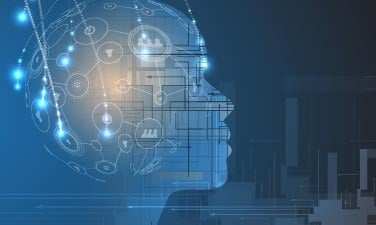Problem: how does the computer know who you are?
Solution: use authentication to identify
This must be done before user can use the systemSolution: use authentication to identify
- Something the user knows
- Something the user has
- Something the user is
Important: from the computer's point of view...
- Anyone who can duplicate your ID is you
- Fooling a computer isn't all that hard...
There are two types of authentication
- External : verify the user
May require two passwords or other identification
- Internal : verify the process
Dealing with Passwords
Password should be memorable
- Users shouldn't need to write them down!
- Users should be able to recall them easily
- One-way function converting password to meaningless string of digits (UNIX password hash, MD5, SHA-1)
- Difficult to find another password that hashes to the same random-looking string
- Knowing the hashed value and hash function gives no clue to the original password.
Authentication using bio-metrics
Use basic body properties to prove identity
Examples include
- Fingerprints
- Voice
- Hand size
- Retina patterns
- Iris Patterns
- Facial features
- Duplicating the measurement
- Stealing it from its original owner?










.png)






.png)
























0 Comments:
Post a Comment